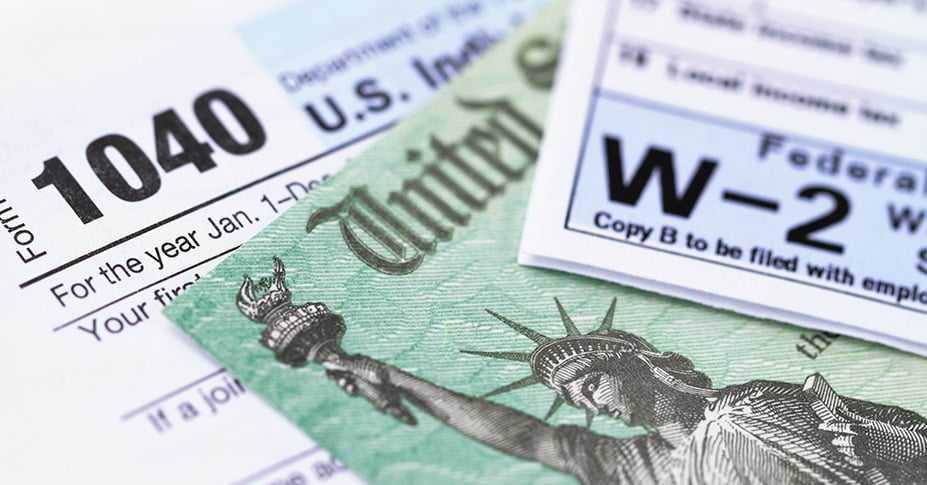If your IRA’s value is primarily in alternative assets, such as real estate or promissory notes, you may be faced with a challenge as those assets are illiquid. Consulting with a qualified tax professional or financial advisor can assist you in evaluating your options to determine the best approach. When your account holds an asset such as real estate, potential options might include:
- Selling the entire asset from the IRA and taking the RMD from the cash proceeds of the sale
- Distributing only a portion of the asset as part of the RMD and keeping the remaining portion in the account: This would require a title change and re-registration of the asset with the custodian
If you choose to distribute a portion of the asset personally, there are processes to make sure the asset’s value is up to date and you have the asset re-titled to reflect the change of ownership. Contact Equity Trust to determine the process and documentation needed to facilitate the distribution, revaluation, or sale of the asset. Again, a qualified advisor can review the aspects of each option with you.
[Related: Required Minimum Distribution FAQs]
You can take a distribution through Equity Trust’s online account management system myEQUITY: navigate to Money Movement > Distribution to get started.
If you’ve already completed your RMD, the end of the year might be a time to explore with a financial advisor if there any options to possibly adjust the tax impact for future RMDs.







